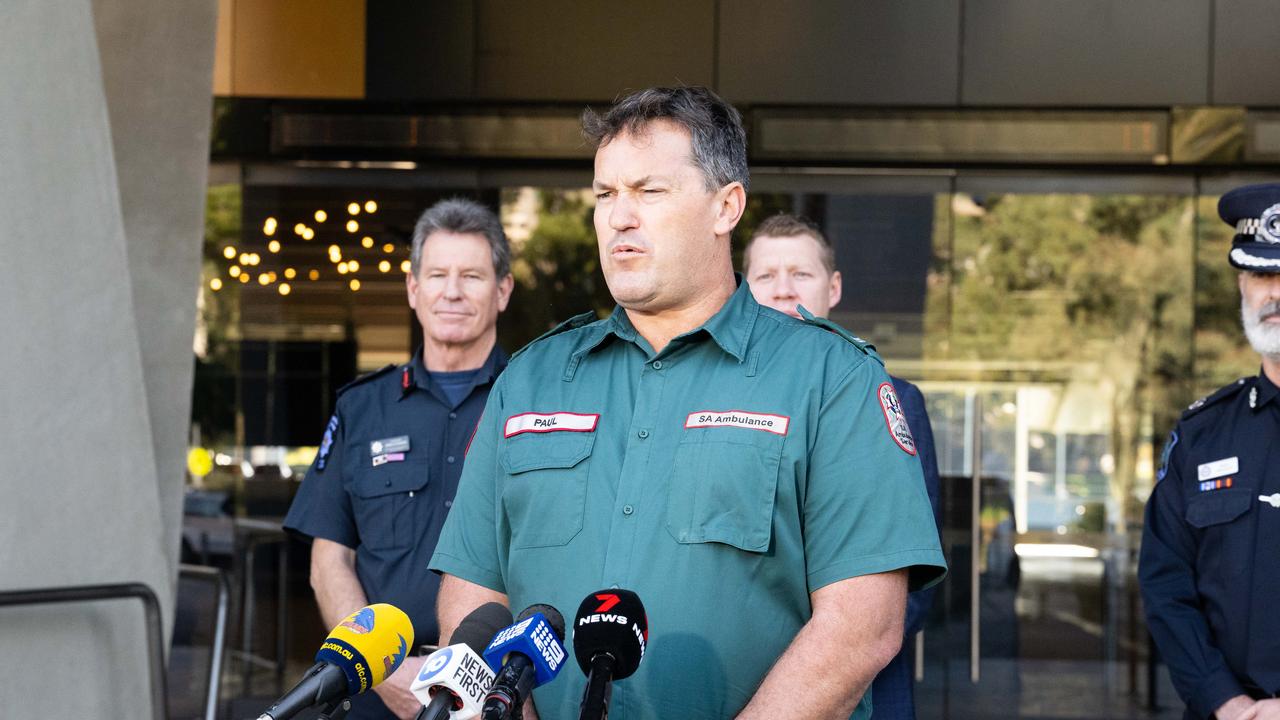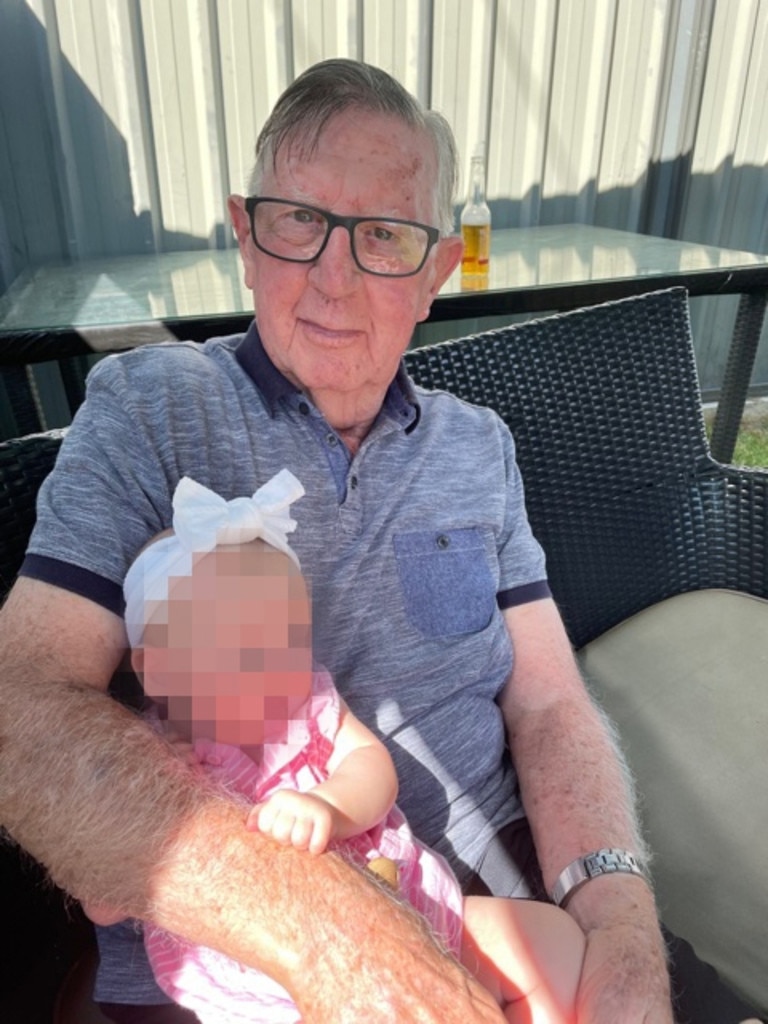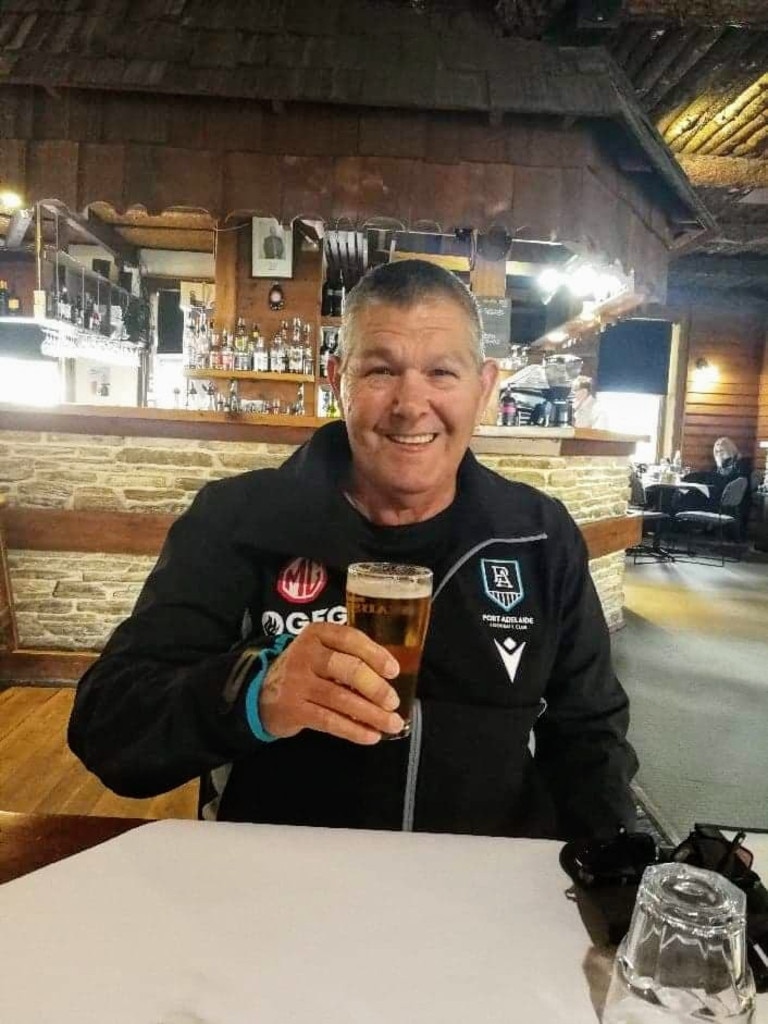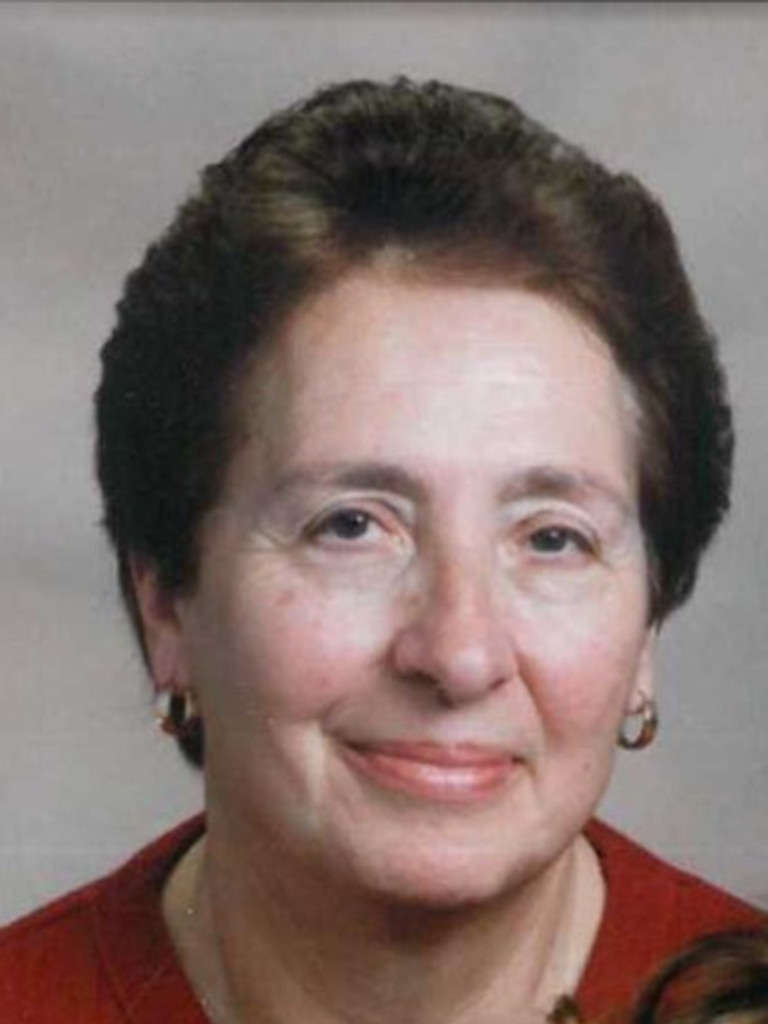SAAS executive director Paul Lemmer gives evidence in ramping inquest deaths
With a fear of ramping becoming ‘entrenched as an acceptable practice’ a SA ambulance director has told an inquest investigating ramping deaths what he thinks could be the solution.
SA News
Don't miss out on the headlines from SA News. Followed categories will be added to My News.
A SA ambulance director has said it’s important ramping does not become entrenched as an acceptable practice, noticing improvement after the opening of new hospital beds.
The inquest, investigating the deaths of Anna Vincenza Panella, 76, Bernard Anthony Skeffington, 89, and Graham Henry Jessett, 64, revealed they all suffered medical complications after being ramped for extended periods of time.
Giving evidence on Tuesday, Executive Director of Metropolitan Operations for SA Ambulance Service (SAAS), Paul Lemmer said there was initially a reluctance to implement ramping policies.
“There was real nervousness, I guess in entrenching ramping and creating polices, an accepted and normalised process that occurred for patients,” he said.
“All of the attention was very much focused on how did we expedite transfer of care, rather than how did we enact procedures to treat patients for an extended periods (while ramped).”

Mr Lemmer, who has worked for SAAS for over 30 years, said he didn’t notice ramping becoming an issue until the back end of the 2000s – but didn’t recall how it came about.
When asked if ramping was an “inherently unsafe” practice, Mr Lemmer replied “it can be, yes”.
Mr Lemmer said he believed a dedicated internal ramping space would be the preferable model to best provide care for patients over external ramping, as SA hospitals aren’t designed to accommodate for it.
He also said there needs to be a better system implemented to alert the hospital if a patient’s condition is deteriorating while they are being ramped.
However, Mr Lemmer said he had noticed quite a substantial improvement in transfer of care since the beginning of September, which had resulted in an increase of resources.
“The substantial change that has occurred in this system is the opening of additional beds,” he said.
The Lyell McEwin Hospital opened 48 new beds in August, the first part of a commitment to increase capacity by 80 beds by the end of 2025.
Mr Lemmer told the court he thinks the ramping crisis is a key contributor to SAAS not meeting its response time targets.
Mr Skeffington was taken to the Royal Adelaide Hospital on September 25, 2021 after waiting three hours and 42 minutes after calling triple-0.
A total of three ambulances were dispatched before the one that reached him, with them all being called to jobs considered to be of a higher priority.
Mr Skeffington was later taken to comfort care where he died on September 29, 2021 as a result of aspiration pneumonia secondary to small bowel obstruction.


Mr Jessett, who was a type 1 diabetic and suffering from chronic pulmonary obstructive disease, was “ramped” for five hours before he went into cardiac arrest.
The inquest heard Ms Panella’s high heart rate and respiratory rate were off before her condition rapidly deteriorated.
She was immediately taken into the resuscitation room 50 minutes after she had arrived at hospital in April 2019.
She suffered several cardiac arrests before being pronounced dead at 12.39am.

A post-mortem examination found Ms Panella died from extensive bilateral pulmonary emboli secondary to left calf deep vein thrombosis.
The inquest continues.
More Coverage
Originally published as SAAS executive director Paul Lemmer gives evidence in ramping inquest deaths








